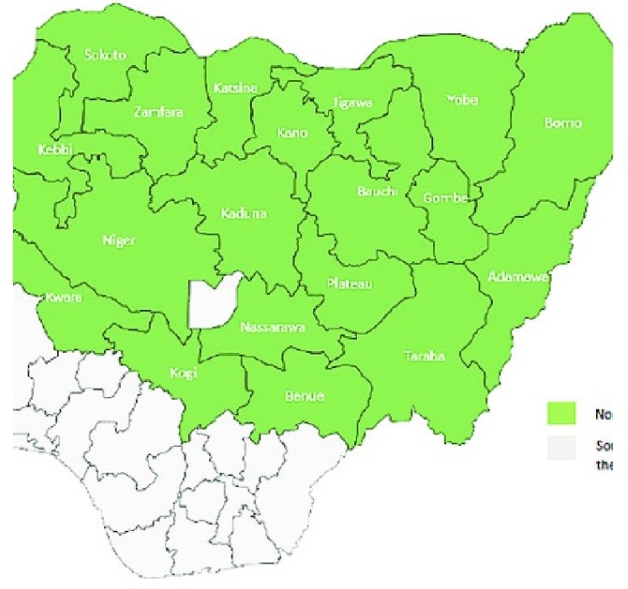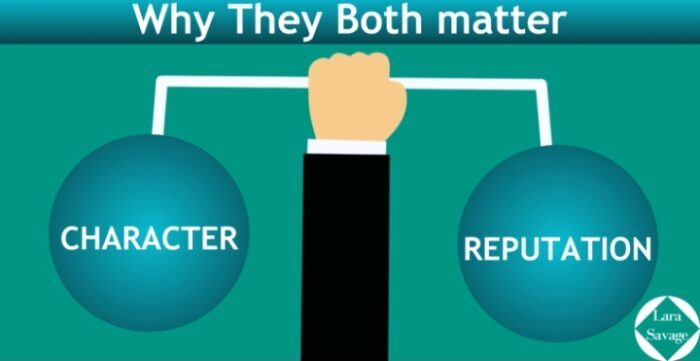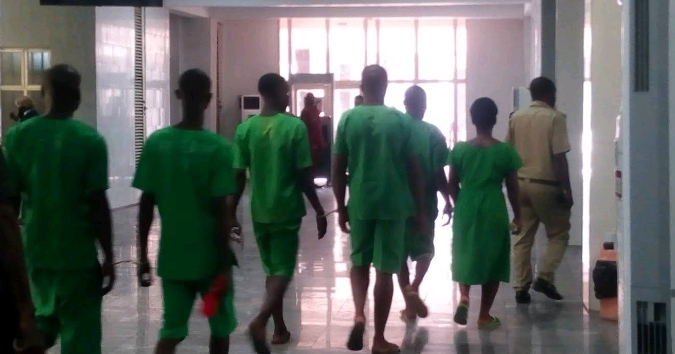[By Idowu Faleye: +2348132100608]
In Nigeria, the West African Senior School Certificate Examination (WASCE) serves as a critical benchmark for students seeking admission into tertiary institutions. Alongside the Joint Admissions and Matriculation Board (JAMB), WASCE remains a key criterion for determining academic progression. Yet, in recent years, the growing trend of examination malpractice has cast a shadow on the credibility of these exams, particularly WASCE, threatening to undermine the educational integrity of the system.
These exams assess the readiness of secondary school students for higher education, determining their academic paths and, to a large extent, their future careers. With the stiff competition for limited spaces in universities and polytechnics, students are under immense pressure to achieve high scores. Consequently, many resort to dishonest practices such as examination malpractice to boost their chances of securing admission.
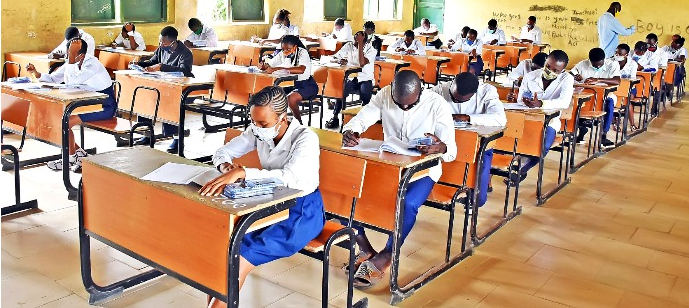
The importance of achieving high scores has cultivated a mindset where the end justifies the means. This environment, fueled by high stakes, has incentivized students to cheat. However, the rampant nature of this malpractice does more than give students an unfair advantage—it erodes the very foundation of educational integrity. The quality of education becomes questionable when students rely on malpractices rather than learning, resulting in graduates who are ill-prepared for the demands of the real world.
Examination malpractice has become a pervasive issue, especially in WASCE. According to a report by the West African Examinations Council (WAEC), the number of examination malpractice cases increased by 13.98% between 2020 and 2021, with tens of thousands of students involved each year. This growing trend is alarming because it reflects a systemic problem within the educational framework.
Read also: Stay True to Your Dream: Do Away with Those Who Don’t Share Your Vision
The causes of this increasing trend are multifaceted. First, there is the intense pressure placed on students to secure admission into prestigious institutions, which has led to the normalisation of cheating as a survival tactic. Second, the lack of stringent deterrents has emboldened students to engage in malpractice without fear of significant repercussions. Lastly, the role of technology, especially social media, has made it easier for students to access “expo” (answers to exam questions) ahead of time, further exacerbating the problem.
One of the most disheartening aspects of examination malpractice is the active collaboration between school authorities, parents, and students. Parents often pay large sums to ensure their children pass at all costs, while school officials allow or even facilitate malpractice to maintain their reputation for high pass rates. This happens in both public and private schools, blurring the line between education and corruption.
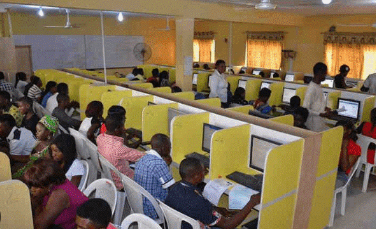
According to a survey conducted by the National Examinations Council (NECO), over 60% of students who admitted to cheating in WASCE claimed they received help from either teachers or parents. This collaboration erodes the essence of education, as students no longer see the need to study or apply themselves when they know that a “miracle” solution is available.
The effects of this are profound. When parents and educators compromise the educational system in this manner, they destroy the trust students should have in hard work and discipline. The students, in turn, become apathetic towards genuine learning, knowing they can easily bypass the process through cheating.
Read Also: Exploring the dichotomy between Character and Reputation
JAMB, which oversees admissions into tertiary institutions through its Unified Tertiary Matriculation Examination (UTME), has been relatively successful in curbing examination malpractice through the introduction of Computer-Based Testing (CBT). The CBT model ensures that each candidate receives a unique set of questions, making it nearly impossible for students to cheat by copying from one another.
This transition to CBT has proven effective, with the number of reported cases of examination malpractice in UTME dropping significantly over the past few years. For instance, in 2022, JAMB recorded a 40% decline in malpractice cases compared to previous years. The success of CBT in curbing malpractice underscores the potential for similar technological interventions in WASCE.
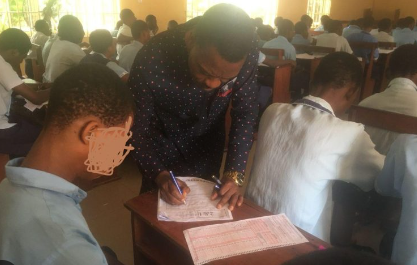
However, the challenge lies in applying this solution to WASCE, which still relies heavily on essay-based exams. Unlike the objective questions typically used in CBT exams, essay-based exams require more personalized answers. Examination mercenaries, hired to provide answers to students during WASCE, tend to generate nearly identical responses, as creating unique answers for multiple students in real-time is impractical. This creates a pattern of plagiarism, which further compromises the integrity of the examination.
Plagiarism in the context of examination malpractice involves students submitting nearly identical answers, especially in essay-based exams like WASCE. Plagiarism detection technology, which has long been used in academic institutions to detect copied assignments and research papers, can be adapted to curb this form of cheating.
Read Also: Mixing Different Categories of Offenders Behind Bars: The Urgent Case for Prison Reform.
When students engage in malpractice, particularly with the help of mercenaries, they often submit responses that are strikingly similar to one another. This undermines the purpose of the examination and deprives students of the opportunity to showcase their unique understanding and analytical abilities. More importantly, it weakens the entire education system, producing graduates who are not adequately prepared for the demands of higher education and professional life.
One of the most promising solutions to the problem of examination malpractice in WASCE is the integration of AI-powered plagiarism detection systems. These tools, originally designed to detect copied text in academic work, can be repurposed to identify similar or identical answers in WASCE scripts. By comparing the answers of students sitting on the same exam, AI tools can flag instances where multiple students provide suspiciously similar responses, suggesting collusion or the use of mercenaries.
Read Also: The HND-BSc Dichotomy Debate: Unveiling the Consequences.
Plagiarism detection technologies work by scanning text for similarities, comparing it against vast databases of previously submitted content, and identifying patterns that suggest copying. These technologies can be integrated into the grading process for WASCE exams, ensuring that students who engage in mass copying or receive external assistance are caught.
For instance, AI tools can:
Identify identical responses: If several students submit highly similar or identical answers, especially in essay questions, AI can flag these cases as potential malpractice.
Analyze patterns: These tools can compare responses across different schools and centres to detect coordinated cheating efforts.
Distinguish between original and copied content: Plagiarism detection can differentiate between students’ unique ideas and copied or externally provided answers, particularly in essay-type questions where original thought is expected.
The introduction of AI-driven plagiarism detection can serve as a powerful deterrent to examination malpractice, as students and mercenaries alike will know that any suspiciously similar answers will be flagged and investigated. This will discourage the use of mercenaries and promote a culture of academic honesty.
Despite the potential of AI plagiarism detection tools, there are significant challenges to implementing them in WASCE. First, there is the issue of infrastructure. Many schools in Nigeria, particularly in rural areas, lack the necessary technology to support such systems. Implementing AI tools would require a significant investment in technological infrastructure, including reliable internet access and digital grading systems.
Secondly, there is the challenge of resistance from stakeholders. Many schools and parents who benefit from the current system of malpractice may oppose reforms that threaten their interests. Overcoming this resistance will require a concerted effort from policymakers, educators, and civil society organizations to highlight the long-term benefits of maintaining examination integrity.
Read Also: The Detrimental Impact of Quick-Fix Policies on Nigeria’s Development
Lastly, there is the issue of training. For AI tools to be effective, teachers and examiners need to be trained in how to use and interpret the results of plagiarism detection software. This would involve a significant reorientation of the examination system, shifting from traditional manual grading to a more technologically advanced approach.
The increasing trend of examination malpractice in WASCE threatens the credibility of Nigeria’s education system. The collaboration between schools, parents, and students in perpetuating this malpractice has far-reaching consequences, producing graduates who lack the skills and knowledge required for success in tertiary institutions and beyond. However, the successful implementation of technological solutions such as AI-powered plagiarism detection tools offers hope for curbing this menace.
To maintain the integrity of Nigeria’s education system, reforms must be enacted. The adoption of AI tools can help ensure that students’ true academic abilities are reflected in their examination results, reducing the reliance on mercenaries and discouraging plagiarism. These reforms, though challenging, are necessary to safeguard the future of Nigerian education and ensure that it produces graduates who are equipped to contribute meaningfully to society. By putting a stop to examination malpractice, Nigeria can restore the integrity of its education system and create a brighter future for its students.
References:
Ogunji, J. A., & Nwokocha, A. M. (2020). Examination malpractice in Nigeria: Causes and effects on national development.
Adeyemi, T. O., & Adegoke, W. S. (2018). Examination Malpractice in Nigeria: Implications for Secondary School Students’ Academic Performance.
Adesina, A. O. (2017). Addressing the Menace of Examination Malpractice in the Nigerian Educational System: The Role of Parents and Teachers.
West African Examinations Council (WAEC). (2020). Examination malpractice statistics.
Okebukola, P. A. (2019). Technology, Education and Development in Africa: Lessons from Nigeria. African Educational Review, 5(1), 23-45.
Olaoye, I. O., & Popoola, O. M. (2016). Combating Examination Malpractice in Nigeria: Prospects and Challenges.
UNESCO. (2021). The role of AI in education: Combating academic fraud and promoting fairness. UNESCO International Institute for Educational Planning.
Born in Ekiti State, Nigeria, Idowu Faleye is a Policy Analyst and IBM-certified Data Analyst with an academic background in Public Administration. He’s the Lead Analyst at EphraimHill Data Consult and the Publisher of EphraimHill DataBlog, which posts regular topics on issues of public interest. He can be reached via WhatsApp at +2348132100608 or email at ephraimhill01@gmail.com
© 2024 EphraimHill DC. All rights reserved.This article is the intellectual property of EphraimHill DataBlog. For permission requests, please contact EphraimHill DC at ephraimhill01@gmail.com.












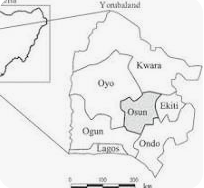











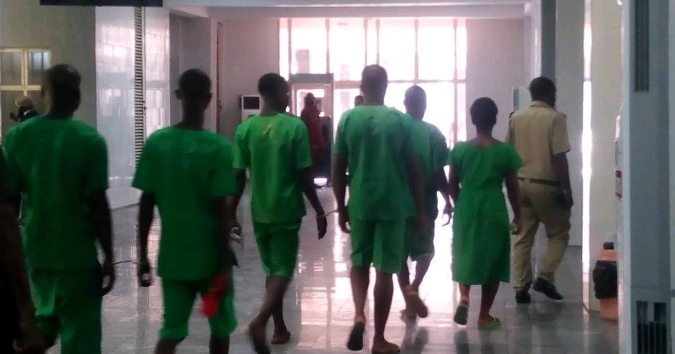

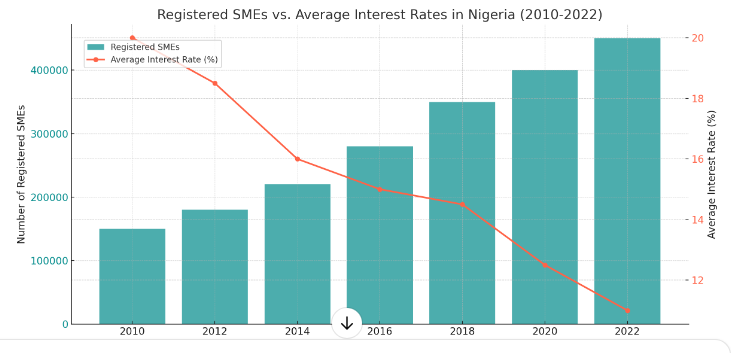







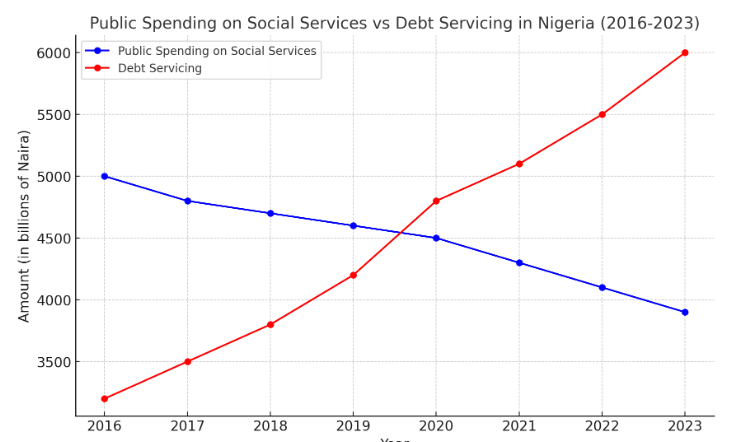








![The Trend of Insecurity in Nigeria. [Part 2]](https://ephraimhilldc.com/wp-content/uploads/2024/09/Computer-Monitoring-of-Remote-areas.png)


